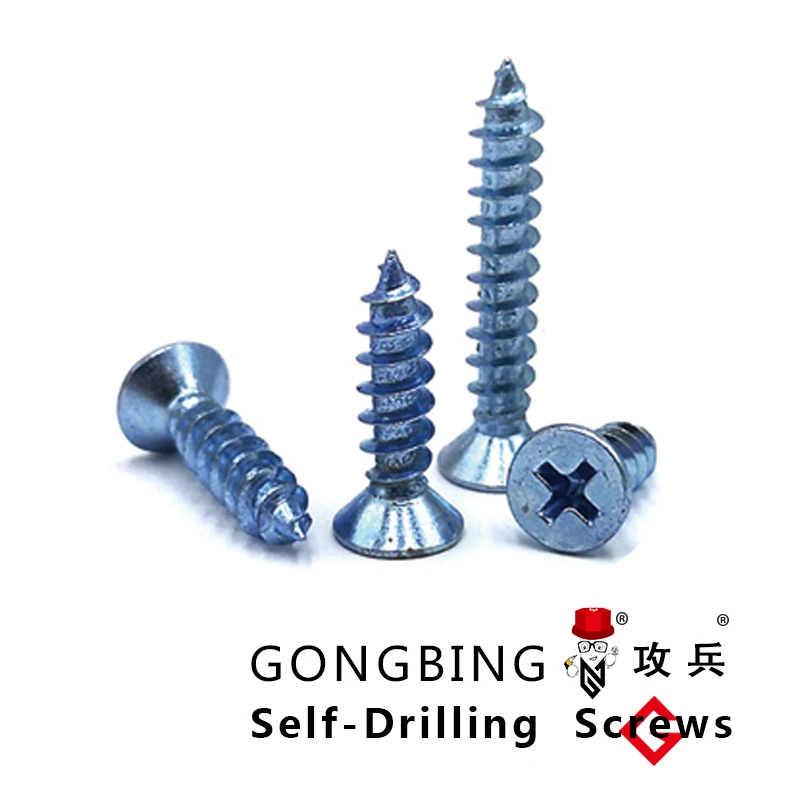Understanding the Benefits and Applications of Stainless Steel Structural Bolts in Construction
The Importance of Stainless Steel Structural Bolts
Stainless steel structural bolts are an essential component in construction and engineering, providing the necessary strength and durability required for various applications. These fasteners play a critical role in ensuring the structural integrity of buildings, bridges, and other infrastructure projects. Due to their unique properties, stainless steel bolts have become the material of choice for many engineers and architects.
One of the primary advantages of stainless steel structural bolts is their resistance to corrosion. Unlike traditional carbon steel bolts, which can rust and weaken over time when exposed to moisture and various environmental elements, stainless steel offers superior protection. This is particularly important in constructions subjected to harsh weather conditions, such as marine environments where saltwater can accelerate corrosion. By using stainless steel bolts, the longevity of the structure is significantly improved, reducing the need for maintenance and replacements.
The strength of stainless steel also contributes to its popularity in structural applications. These bolts come in various grades, each offering different levels of tensile strength and yield strength. For instance, AISI 304 and AISI 316 are two common grades of stainless steel used in structural bolts. AISI 316, for example, is often selected for more demanding environments due to its molybdenum content, which provides enhanced resistance to pitting and crevice corrosion. This ability to withstand high loads and stress makes stainless steel bolts suitable for critical connections in structural frameworks.
stainless steel structural bolts

Another notable feature of stainless steel structural bolts is their aesthetic appeal. Unlike conventional steel fasteners, which may require additional coatings or finishes, stainless steel possesses a naturally shiny surface that can provide a visually appealing finish to construction projects. This makes them particularly desirable in architectural applications where aesthetics play a vital role, such as in architectural facades, railings, and even sculptures.
Furthermore, stainless steel bolts are relatively easy to work with and install. Their high ductility allows for some flexibility during installation, reducing the risk of breakage when torque is applied. Additionally, the consistent quality of stainless steel allows for precision in manufacturing, which helps ensure that the fasteners meet stringent specifications and standards required in the construction industry.
In recent years, the demand for stainless steel structural bolts has continued to grow as more construction projects prioritize sustainability and durability. As the world becomes increasingly aware of environmental issues, the choice of materials in construction has shifted towards options that offer long-term benefits. Stainless steel's recyclability and durability make it an eco-friendly choice that aligns with sustainable building practices, ensuring that structures not only meet current needs but also remain viable for future generations.
In conclusion, stainless steel structural bolts are vital components in modern construction. Their corrosion resistance, strength, aesthetic appeal, ease of installation, and sustainability make them an ideal choice for engineers and architects alike. As the industry continues to evolve, the adoption of stainless steel fasteners will likely increase, solidifying their position as a cornerstone in structural applications across various sectors.
-
Weatherproof Plastic Expansion Anchors for OutdoorNewsJun.06,2025
-
Sustainability in the Supply Chain: Eco-Friendly TEK Screws ProductionNewsJun.06,2025
-
Load-Bearing Capacity of External Insulation FixingsNewsJun.06,2025
-
Double Head Bolts: Enhancing Efficiency in Industrial MachineryNewsJun.06,2025
-
Corrosion Resistance in Chipboard Screws: Coatings for Wholesale DurabilityNewsJun.06,2025
-
Butterfly Toggle Bolts : Enhancing Structural ResilienceNewsJun.06,2025
